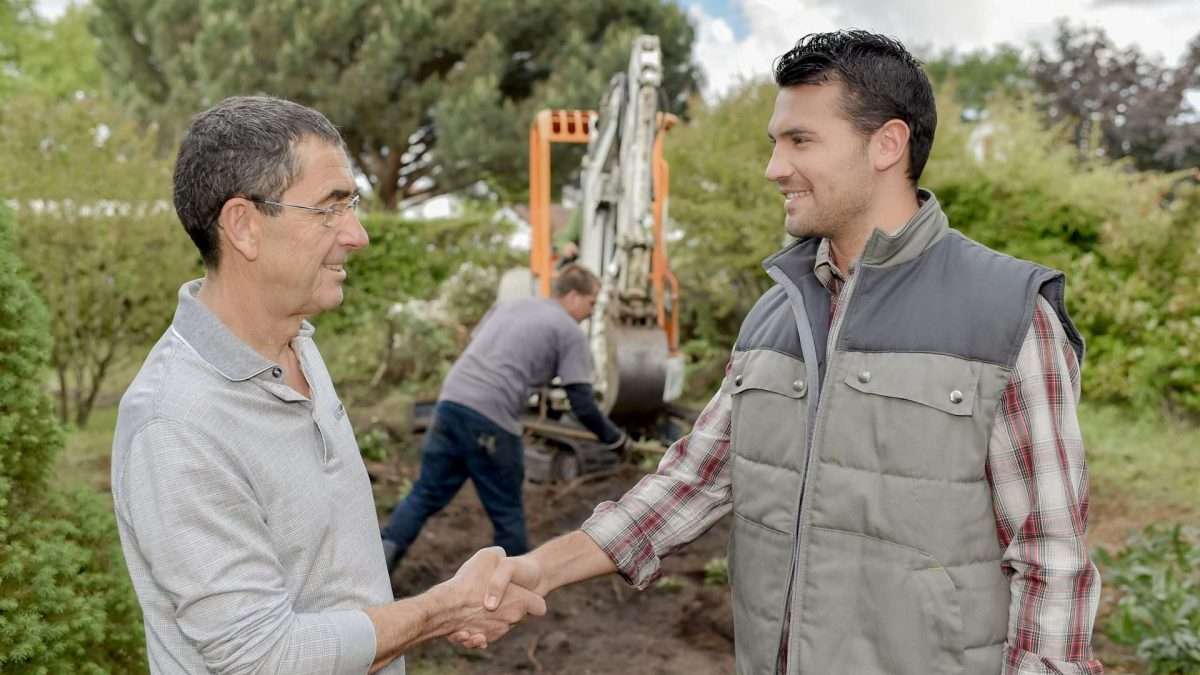
How work-integrated learning benefits employers in remote, rural, and northern communities
A work-integrated learning placement in a rural, remote, or Northern community offers employer and employee alike the opportunity to “try before you buy,” according to an Alberta-based expert on rural development issues.
“There’s a whole lot of young people living in cities that would actually like a chance to work in a smaller community, especially when they hit that point when they might want to start raising a family,” said Dee Ann Benard, Chief Executive Officer at the Alberta-based Rural Development Network. “But they don’t know what working in a small community is going to be like.”
Benard was one of three panelists at Magnet’s March 2, 2022 webinar, Work-integrated learning in rural, remote and Northern communities. She was joined by Michele Geres, Director of Programs at the Saskatchewan Chamber of Commerce, and Steve Higham, Senior Lead of Research and Development at the Business + Higher Education Roundtable. The webinar was hosted by Luke Nixon-Janssen, Magnet’s Director of Marketing & Business Development.
In many rural, remote, and Northern communities across Canada, local employers struggle to replace the people who leave home in search of educational and employment opportunities in larger urban centres.
“Talent attraction and identifying the skilled workers that employers need is a challenge everywhere, and in rural communities, it can be that much more difficult because you have a smaller population,” Higham said. “Accessing those pools of talent and then getting people to move to your community is that much more difficult.”
Through work-integrated learning (WIL), employers in smaller communities can offer prospective employees an opportunity to experience working and living in a rural setting, but without having to make the life-changing commitment of a permanent move.
“Work-integrated learning gives you a chance to offer them a job,” Benard said. “They can come in, and you both get to try before you buy. “If it works out, you might have a future permanent employee, and they might move to your community and bring their family.”
By getting involved with WIL, Geres said, employers can create word-of-mouth awareness among students, further broadening their potential talent pool.
“If you build a reputation for your organization that you have work-integrated learning opportunities, students are going to hear about that and they’re going to want to work for you,” Geres said. “I think you’ll see your business grow as a result.”
Benard said she’s seen first-hand how WIL students have been able to inject “fresh ideas and fresh ways of thinking” into the business or organization they join.
“At one point, our organization was really struggling,” she said. “We were down to just a couple of staff. We brought in some new work-integrated learning people, they were volunteers. They really re-energized me, and now we’re an organization of 35 people.”
While some employers may be wary of the effort necessary to arrange and oversee a quality WIL experience, Benard said most of those who follow through soon discover how valuable the opportunity is.
“Almost everybody who takes the time to dip their toe into the work-integrated learning pool comes back,” she said, “because they realize that the time they invested was worthwhile, that they got a great return on their investment.”
Watch a recording of the webinar:
Click here to access Magnet’s work-integrated learning resources.
